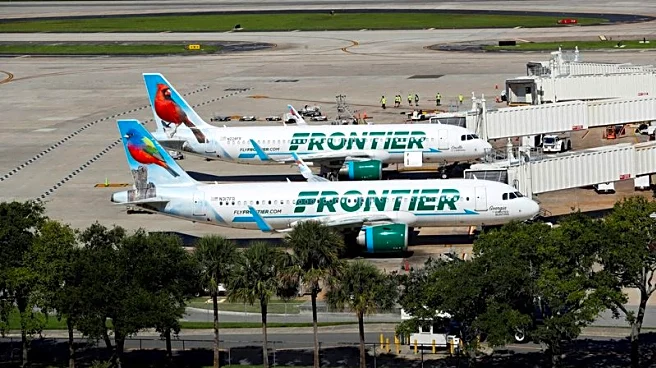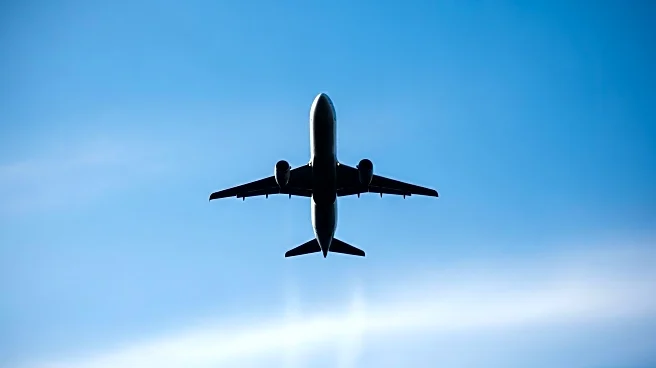What's Happening?
The U.S. hotel industry is experiencing a downturn, with revenue per available room (RevPAR) falling by 1.3% for the third consecutive week, marking the tenth decline in the past twelve weeks. This decrease is primarily driven by a drop in occupancy rates and a slight dip in the average daily rate (ADR). The Top 25 Markets, including Chicago and Houston, are largely responsible for this decline, with Chicago's RevPAR dropping by 19.9% compared to the previous year. Houston continues to face challenges due to difficult comparisons from last year's increased room demand following spring storms. Despite these declines, luxury hotels remain the only segment showing growth in RevPAR.
Why It's Important?
The decline in RevPAR is significant for the U.S. hotel industry as it indicates potential challenges in maintaining profitability and occupancy rates. The impact is felt across various hotel classes, with midscale and economy hotels experiencing the most substantial declines. This trend could affect employment within the industry and influence investment decisions. The ongoing decrease in RevPAR may also lead to changes in pricing strategies and marketing efforts to attract more guests. Additionally, the performance of major markets like Chicago and Houston can have broader implications for regional economies and tourism-related businesses.
What's Next?
The industry may see continued challenges as August ends with an extra Sunday, potentially leading to lower monthly results compared to the previous year. The Labor Day holiday is expected to bring record-breaking travel, which could provide a temporary boost. However, September's calendar changes, including the movement of Rosh Hashanah, may impact group and business travel. Stakeholders in the hotel industry will likely focus on adjusting strategies to mitigate these impacts and explore opportunities for growth in luxury segments.












